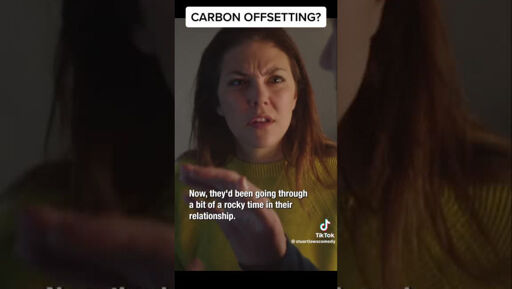Wait biodynamic farming comes from Nazis?
- 42 Posts
- 580 Comments
I usually buy a new set every 10 years. So I’m at 2 right now.
🫂
Just find a group to join, doesn’t matter if you know anyone. LGS or online. Could be a good way to make friends!

 5·12 days ago
5·12 days agoSure why not?
There are certain types of problems they are better at solving. Basically if we already have all of the needed information, but you need to synthesize a huge amount of it into the final answer, they’ll be excellent at that kind of issue.
Maybe a bizarre suicide attempt by someone with some chemistry knowledge?
Capybara are dangerous?! Do they kill by biting or what?
I would assume insects would be evolutionarily similar to other types or prey.
Although I’m not sure most bats have forward facing eyes anyway.
Seems like something other states should get in on. Now that the program is established seems like it would not be as hard to pay into it and get a share of the product.

 7·1 month ago
7·1 month agoYou know they’re going to start making ads out of these now.

 61·1 month ago
61·1 month agoIf only there was some way we could have known he wasn’t a good guy. Like if, for example, he had famously said it’s good for the economy to poison poor people. Or if he had resigned in disgrace as president of the nation’s university top university after making bigoted comments and involvement in a case of fraud. Or spearheaded the deregulation of the finance industry that directly led to the housing crisis. Just hypothetically, if someone had done all those things, no sane person would invite them to be on one of the most important and powerful corporate boards.
Right?
My group has had not one but multiple independent adventuring grannies over the years.

 8·1 month ago
8·1 month agoYeah this is a tricky one. Modern gold standards are to use cameras to recognize pedestrians and cyclists to give them intersection priority. This is a big benefit if designed properly but video data this way poses a huge privacy/surveillance risk.
I suppose maybe there would be a way to process the footage locally and delete it as soon as it’s no longer needed but that’s going to require a lot of oversight from the community to confirm.

 22·1 month ago
22·1 month agoI just want to explain the very clever double entendre here because I’m not sure how many people will get it.
Skunk cabbage is notable for blooming in late winter, even when snow is still on the ground. How can a flower bloom in snow? Well, it actually generates its own heat, which can be enough to melt the snow around it and allow pollinators to reach the flower. This heat can be extremely important to early season pollinators, since they can rest and warm up in the flower even when it might otherwise be too cold to fly.
So that spathussy really do be hot.

 91·1 month ago
91·1 month agoI mean every raccoon in the study was photographed. So this wouldn’t explain any difference within that sample.
Yeah I think that can be a trap a lot of newer DMs can fall into, not understanding the difference between mediums like TV, movies, or books and the collective nature of D&D stories. Really extended sequences that require things to go a certain way are risky in D&D because you never know what the players will do!
This particular character was more of the penultimate evil dude and was also a former ally that betrayed them. So it was more of his motives for why he did what he did.
In the grand scheme of things it wasn’t a huge deal they just thought oh well that guy went crazy or something rather than understanding his personal motives which would have made the overall plot a little more coherent.
The issue was a lot of the events had already happened. So the plot just ended up making less sense than it should have. His speech was more about his motives and why he betrayed the party since he was a former ally.
But yeah maybe I should have brought him back (since they never saw the body and he was an archfey) but I never saw the right time for it and that campaign ended.













But understanding how science works is key to having trust in it. If you lack that understanding you may just think it’s a bunch of stuck up eggheads who pick whatever truth is convenient to them.